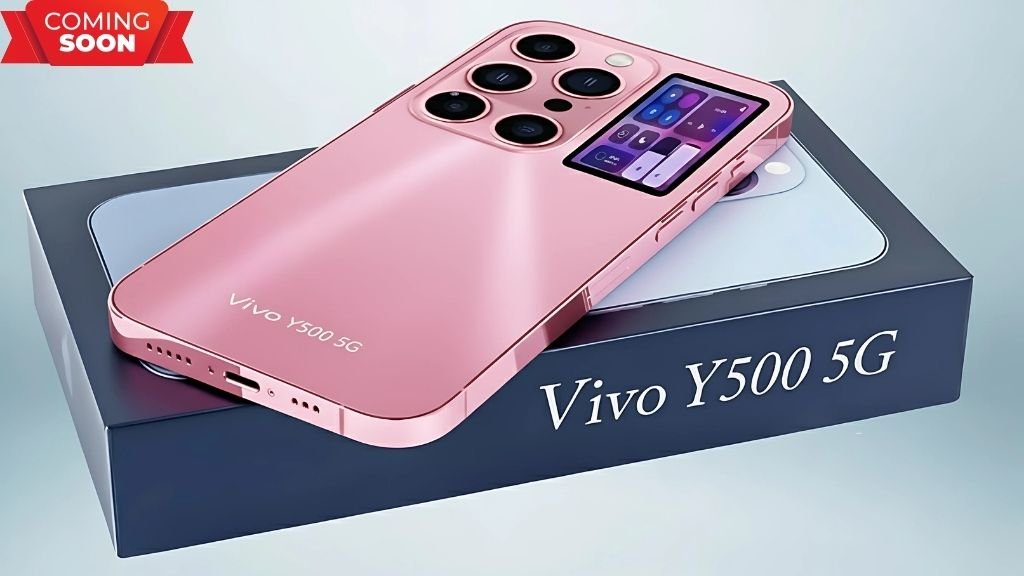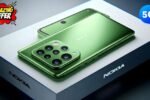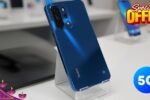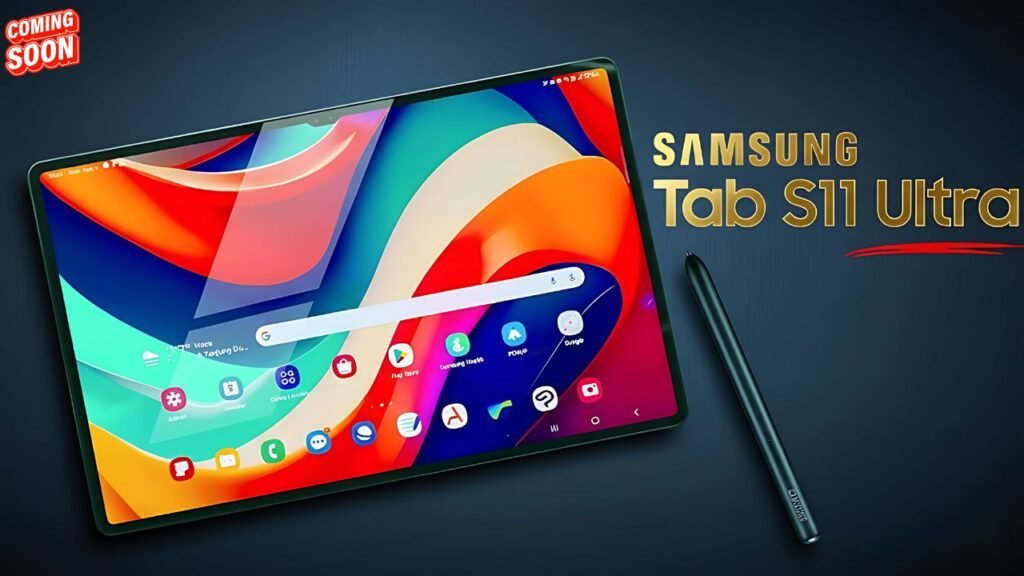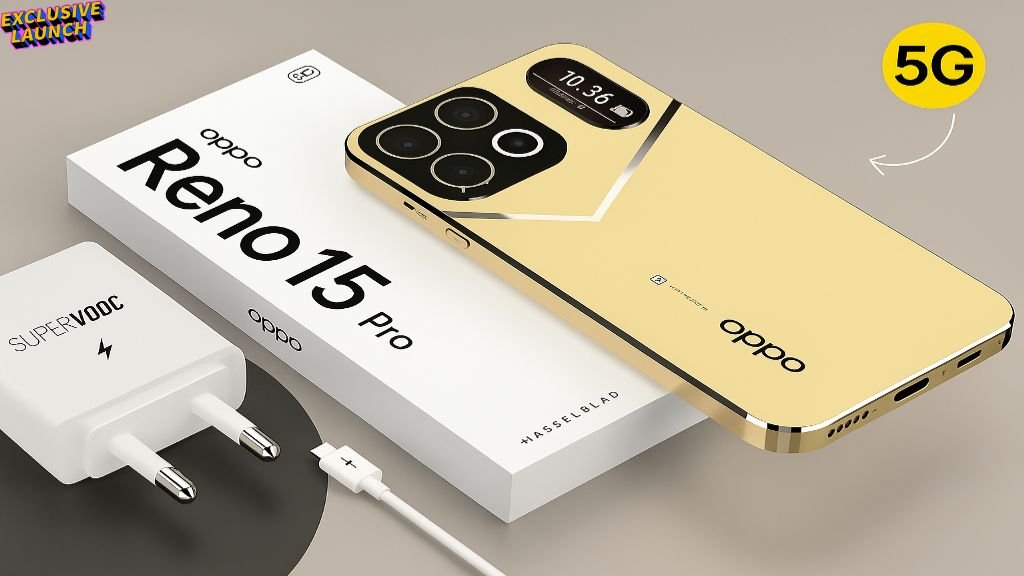Vivo Y500 5G Upcoming : The Y-series has quietly become Vivo’s “sweet spot” line—phones that don’t scream with flagship specs but feel premium in the hand, last all day, and stay friendly on price. The Vivo Y500 5G (upcoming) is shaping up to be that next step: a balanced mid-ranger that focuses on the stuff you actually notice every hour—display readability, battery stamina, reliable cameras, and smooth 5G. While final specifications will only be certain at launch, we can outline likely features, smart expectations, and decision criteria so you’re ready the day pre-orders open. In this guide, we translate rumor-sheet noise into real-life usefulness, highlight must-watch specs, and show how the Y500 could land against rivals in its bracket.
Positioning: Where the Y500 5G Fits in Vivo’s Lineup
Vivo’s lineup typically splits into three lanes: the Y-series for value everyday phones, T-series for performance-leaning mid-rangers, and V/X for camera/flagship play. The Y500 5G should sit in the Y-series upper tier—above the entry Y models but below the camera-centric V line. That usually means: a lively high-refresh display, a large battery with quick top-ups, a tidy Android skin, and a main camera tuned for share-ready photos without fiddling. If you’ve lived with a 4G device or an older budget 5G phone that’s dim outdoors and drains by evening, the Y500 is designed to feel like a calm upgrade rather than an expensive leap.
Expected Release Window and Markets
Brands tend to time Y-series launches around high-traffic sale seasons and exam/college cycles in markets like India and Southeast Asia. That playbook suggests a near-term reveal with staggered availability region by region. Colorways often debut with one bold shade (a gradient or satin finish) alongside classic black/blue, with retailer-exclusive variants following. Keep an eye on memory options too: an 8/128 GB base with Expandable RAM (software-based) and a 256 GB step-up storage option are common patterns in this class.
Design Language: Slim, Soft-Curved, and Pocket-Friendly
Vivo’s recent Y-devices lean into rounded frames, slim bezels, and a back panel that resists smudges while catching light just enough to feel premium. Expect the Y500 5G to continue that: a comfortable footprint around 6.6–6.72 inches, a camera island that looks tidy rather than shouty, and tactile buttons positioned for one-hand reach. The vibe is “understated premium”—meant to look good on a desk and survive backpacks, metro rides, and sixty unlocks a day without feeling bulky. If the finish includes a subtly textured back, that’s not just style; it improves grip and hides micro-scuffs over time.
Display: High Refresh + Real-World Brightness
A mid-ranger display lives or dies by two traits: smoothness and brightness. The Y500 5G is likely to ship with a 120 Hz panel (IPS or AMOLED depending on final trim), paired with a high touch-sampling rate so swipes feel crisp and games register taps fast. We’d expect adaptive refresh, ramping up for motion and dialing down for reading to save power. On brightness, target 600–900 nits typical with higher peaks under auto-boost; that’s the difference between squinting at maps in the noon sun and actually seeing your directions. If Vivo opts for AMOLED, you’ll also gain deeper blacks, Always-On options, and livelier HDR clips for streaming.
Performance: Efficient 5G That Stays Smooth at 7 PM
Real-life speed is more about efficiency than headline cores. The Y500 5G will likely use a 6-nm or 4-nm class 5G chipset from Qualcomm or MediaTek tuned for steady day-long performance: fast app launches, reliable multitasking, and cooler thermals during video calls or camera bursts. Pair that with 8 GB RAM (plus up to 8 GB virtual expansion) and UFS storage, and you get the “quietly fast” experience this tier aims for—no stutter when maps, messages, music, and payments stack up. For gaming, plan on casual titles at high settings and mid-core MOBAs/BRs at balanced presets. The goal: stable frame pacing over short-lived peak FPS.
Software Experience: Clean, Customizable, Calm
Vivo’s FunTouch OS (on a modern Android base) has matured into a tidy, fast UI with granular privacy controls. Expect per-app permissions, theme customization, a coherent Quick Settings shade, and Focus/Do Not Disturb modes that actually help you get through a study session or meeting. Pro tip when you first set up: remove optional pre-loads you won’t use and audit background apps. It’s five minutes that buy months of serenity—and better battery.
Cameras: Make Point-and-Shoot Easy Again
Mid-range camera excellence rests on a strong main sensor with tuned processing. The Y500 5G will likely carry a 50 MP main (possibly with EIS or OIS in higher trims), an ultra-wide for cramped interiors and group shots, and a macro/depth helper. The important bit is color science and focus: skin tones that look human, daylight shots that avoid neon saturation, and Night Mode that lifts shadows without watercolor smearing. Expect 1080p60 video on the rear and 1080p selfies, with steady mode for walk-and-talk clips. If Vivo includes a 2× in-sensor crop, that’s your clean zoom for portraits and food pics without fuzzy digital zoom.
Battery Life: Ending the 4 PM Anxiety
A Y-class phone earns its keep with a big cell plus smart power management. We anticipate 5,000–6,000 mAh for the Y500 5G, paired with fast charging (think 33–44 W) that turns a 20-minute top-up into real hours of use. With adaptive refresh and auto-brightness on, heavy users should reach bedtime confidently; lighter users can stroll into day two. For longevity, look for optimized charging so the phone doesn’t sit pinned at 100% overnight. Battery habits matter more than most spec sheets admit.
Charging: Speed That’s Predictable and Safe
Fast charging is great; predictable charging is better. The right adapter + certified USB-C cable + smart tapering near full = less heat and longer battery health. If Vivo bundles the charger (often the case in this segment), you’re set. If not, match wattage to the phone’s rated spec and keep one spare cable in your bag—good cables are half the fast-charge story.
